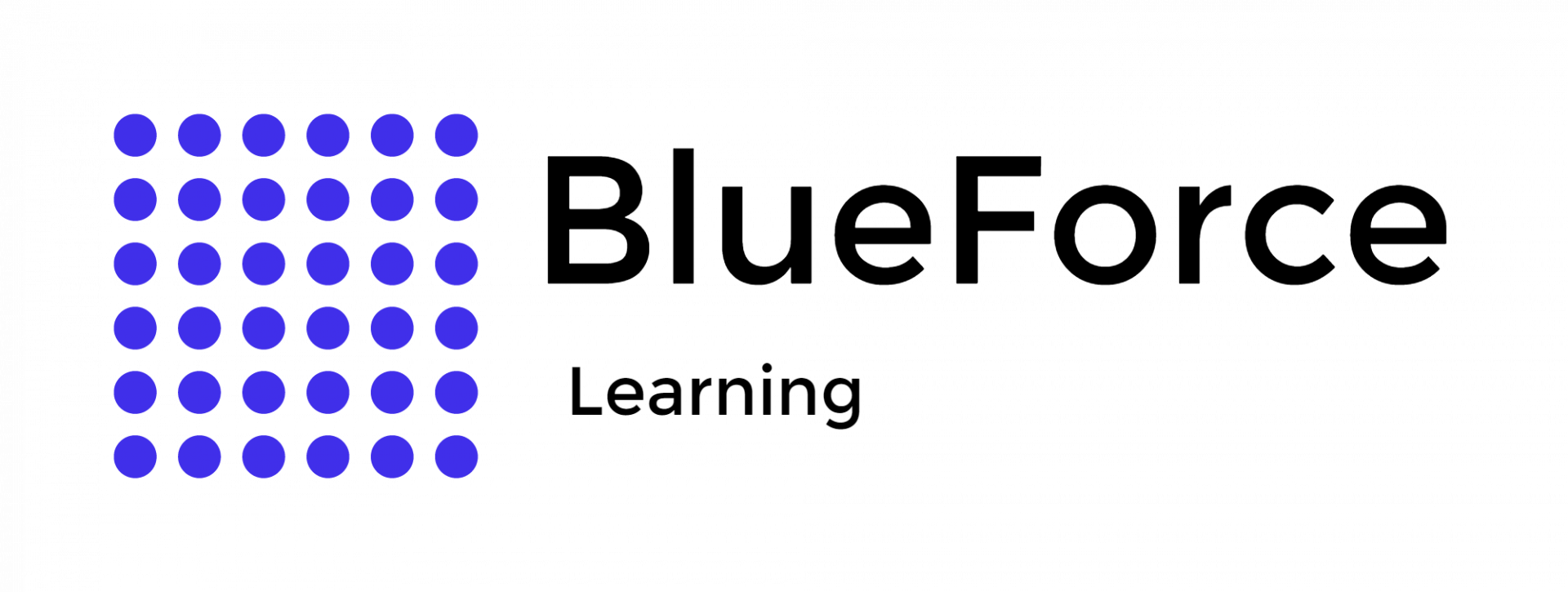Google Geofence Warrant: Enhancing Law Enforcement
As the digital age advances, law enforcement agencies must adapt to new technologies to effectively combat criminal activities. One such technology that has revolutionized how investigations are conducted is the geofence search warrant, particularly the Google Geofence Warrant.
This blog discusses the geofence warrant - how it enhances law enforcement, and the importance of law enforcement training and Law Enforcement Training Courses in utilizing this innovative tool for effective crime control.
This blog discusses the geofence warrant - how it enhances law enforcement, and the importance of law enforcement training and Law Enforcement Training Courses in utilizing this innovative tool for effective crime control.
What is a Geofence Warrant?
A geofence warrant, in general, is a legal order that compels a technology company to provide information on devices within a specific geographic area during a specified time frame. These warrants aim to identify potential suspects or witnesses in a criminal investigation.
Meanwhile, Google geofence warrants are a type of geofence search warrant that requires the tech giant (Google) to disclose the location data of devices within the defined geofence area.
Meanwhile, Google geofence warrants are a type of geofence search warrant that requires the tech giant (Google) to disclose the location data of devices within the defined geofence area.
Benefits of Using Google Geofence Warrants for Law Enforcement
Incorporating Google geofence warrants, specifically Google geofence warrants, into law enforcement investigations presents several benefits. The following are some of the most notable benefits that these warrants offer:
1. Efficient Investigations
Geofence warrants enable law enforcement agencies to quickly and accurately gather location data relevant to a specific case. It allows for more efficient investigations and can lead to faster resolution of cases, potentially preventing further criminal activity.
2. Anonymized Data Protection
Google geofence warrant provide anonymized location data, ensuring that personal information remains protected while still allowing investigators to access crucial evidence. This strikes a balance between respecting individual privacy rights and enabling law enforcement to pursue justice effectively.
3. Keep Effective Track of Suspects
Geofence warrants can provide very detailed location data, enabling law enforcement officers to track suspects and monitor their movements within the specified geofence area. This capability aids in apprehending criminals and prevents them from evading capture.
4. Crucial Evidence Collection in Cases With No Leads
Geofence warrants can provide crucial evidence in criminal investigations where no leads are present. Location data can be used to verify or refute alibis, establish a suspect's proximity to a crime scene, and even identify additional witnesses who may have been present in the area at the time of the crime.
5. Higher Accuracy in Search and Rescue Operations
Geofence warrants can also be employed in search and rescue operations. By obtaining the location data of missing persons or individuals in distress, law enforcement can quickly and accurately pinpoint their whereabouts, facilitating a more efficient and successful rescue effort.
6. Enhanced Public Safety
Access to location data can be instrumental in identifying suspects, corroborating alibis, or uncovering patterns of criminal activity. Using geofence warrants can improve the likelihood of solving a case and securing convictions, ultimately promoting public safety.
Case Study: Solving the Case of Okello Chatrie Using Google Geofence Warrant
In May 2019, a violent bank robbery shook the community in Midlothian, Virginia. The perpetrator demanded cash at gunpoint, threatened innocent lives, and fled with a significant sum of money. However, surveillance footage from the scene provided authorities with a lead - a man holding a cell phone outside the Call Federal Credit Union. To track down the suspect, law enforcement professionals obtained a court-approved geofence search warrant, which allowed them to access location data for any devices present at the time of the robbery in that area.
1. Request for Location Data: Law enforcement officers submitted a geofence warrant to Google, requesting location data for devices within the area of the bank robbery during the specific time frame when the crime occurred. This warrant allowed investigators to gather data on all devices present at the scene without knowing the identity of any potential suspects.
2. Analyzing the Data: The investigators received anonymized location data from Google, which they analyzed to identify patterns, movements, and any suspicious activity that could be linked to the robbery. The data provided a comprehensive overview of the devices present in the vicinity of the crime scene, giving investigators vital information to work with.
3. Identifying the Suspect: As investigators analyzed the location data, they were able to identify Okello Chatrie's device as one of the devices present at the scene of the bank robbery. This connection led them to consider Chatrie as a potential suspect in the case.
4. Concluding Investigation: Based on the information obtained through the geofence warrant, law enforcement officers arrested Chatrie for his alleged involvement in the bank robbery. Further investigation was conducted to gather more evidence to support the case against him, and he was “sentenced to almost 12 years in prison for the armed robbery of Call Federal Credit Union in Midlothian”.
This case study serves as a prime example of how geofence warrants can be instrumental in solving high-stakes crimes and bringing dangerous criminals to justice.
1. Request for Location Data: Law enforcement officers submitted a geofence warrant to Google, requesting location data for devices within the area of the bank robbery during the specific time frame when the crime occurred. This warrant allowed investigators to gather data on all devices present at the scene without knowing the identity of any potential suspects.
2. Analyzing the Data: The investigators received anonymized location data from Google, which they analyzed to identify patterns, movements, and any suspicious activity that could be linked to the robbery. The data provided a comprehensive overview of the devices present in the vicinity of the crime scene, giving investigators vital information to work with.
3. Identifying the Suspect: As investigators analyzed the location data, they were able to identify Okello Chatrie's device as one of the devices present at the scene of the bank robbery. This connection led them to consider Chatrie as a potential suspect in the case.
4. Concluding Investigation: Based on the information obtained through the geofence warrant, law enforcement officers arrested Chatrie for his alleged involvement in the bank robbery. Further investigation was conducted to gather more evidence to support the case against him, and he was “sentenced to almost 12 years in prison for the armed robbery of Call Federal Credit Union in Midlothian”.
This case study serves as a prime example of how geofence warrants can be instrumental in solving high-stakes crimes and bringing dangerous criminals to justice.
The Role of Law Enforcement Training in Leveraging Google Geofence Warrants
As with any new technology, the effective use of Google geofence warrants requires proper training and education. Law enforcement training courses are essential in helping officers understand the intricacies of this powerful tool and how to navigate the legal and ethical considerations associated with its use.
BlueForce Learning is committed to providing law enforcement professionals with the necessary training and resources to stay ahead in the digital age. Our comprehensive courses cover various topics, including the effective use of geofence warrants, ensuring that officers are well-equipped to utilize this innovative technology in the fight against crime.
BlueForce Learning is committed to providing law enforcement professionals with the necessary training and resources to stay ahead in the digital age. Our comprehensive courses cover various topics, including the effective use of geofence warrants, ensuring that officers are well-equipped to utilize this innovative technology in the fight against crime.
BlueForce Learning: Get Law Enforcement Training Courses Based on Google Location Data
BlueForce Learning is an online skill-learning platform for professionals in law enforcement. We offer law enforcement training courses so you can equip yourself with data-based skills to control crime effectively.
Our law enforcement training to use Google location data for investigations will enable you to
By investing in Law Enforcement Training Courses and continually adapting to emerging technologies, law enforcement agencies can enhance their capabilities and better protect the communities they serve. So, without delay, join our courses and start fighting crime effectively today.
Our law enforcement training to use Google location data for investigations will enable you to
- Acquire skills to draft geofence search warrants for Google location data
- Gather the data from mobile devices at the crime location and specified time
- Utilize available tools for data analysis and mapping
- Refine your investigation process and use data analysis to pinpoint potential suspects
By investing in Law Enforcement Training Courses and continually adapting to emerging technologies, law enforcement agencies can enhance their capabilities and better protect the communities they serve. So, without delay, join our courses and start fighting crime effectively today.
FAQs
1. How does Google Geofence warrant work?
A Google geofence warrant is a reverse warrant that enables the government to identify individuals present within a geofence, a specific physical area, during a particular time frame. This type of warrant is commonly used to identify suspects when no leads are present for serious crime, like homicides, rapes, burglaries, or serial crimes.
2. What does a geofence warrant do?
The geofence search warrant enables law enforcement officials to gather crucial information to aid in their investigations, such as potential suspects or witnesses who were present in the area during a particular time frame.
3. What is a geofencing investigation?
A geofencing investigation is a law enforcement technique that employs Google geofence technology for the creation of virtual boundaries around specific geographic locations. It has become an essential resource for law enforcement agencies in identifying and resolving crimes.
A Google geofence warrant is a reverse warrant that enables the government to identify individuals present within a geofence, a specific physical area, during a particular time frame. This type of warrant is commonly used to identify suspects when no leads are present for serious crime, like homicides, rapes, burglaries, or serial crimes.
2. What does a geofence warrant do?
The geofence search warrant enables law enforcement officials to gather crucial information to aid in their investigations, such as potential suspects or witnesses who were present in the area during a particular time frame.
3. What is a geofencing investigation?
A geofencing investigation is a law enforcement technique that employs Google geofence technology for the creation of virtual boundaries around specific geographic locations. It has become an essential resource for law enforcement agencies in identifying and resolving crimes.


